Using chord spellings, one can easily work out what notes are in any given chord. It is just a matter of learning what spelling goes with each chord type. Don't forget that the spelling is a reference to the major scale; which is one good reason why you must learn the circle of 5ths; so that you have knowledge of all the keys of the major scale. Very useful!
The following list of chord types is not exhaustive but it will go some way to helping you what notes are in the more common chord types. Please beware that there is no universal agreement when it comes to deciding what symbol is used to represent a given chord type. My choice of symbols reflects my preference:
Chord type Chord symbol chord spelling
major: maj: 1 3 5
minor: m: 1 b3 5
augmented: aug: 1 3 #5
diminished: dim: 1 b3 b5
Dominant 7th: 7: 1 3 5 b7
Minor 7th: m7: 1 b3 5 b7
Major 7th: Maj7: 1 3 5 7
Minor 7th diminished 5th: m7b5: 1 b3 b5 b7
Suspended 4th: Sus 4: 1 4 5
Power chord: 5: 1 5
Dominant 9th: 9: 1 3 5 b7 9
Minor 9th: m9: 1 b3 5 b7 9
Major 9th: Maj 9: 1 3 5 7 9
Diminished 7th: Dim 7: 1 b3 b5 bb7
sixth: 6: 1 3 5 6
Minor 6th: m6: 1 b3 5 6
Dominant 7th sus 4th: 7 sus4: 1 4 5 b7
Minor 11th: m11: 1 b3 5 b7 9 11
Minor 13th: m13: 1 b3 5 b7 9 11 13
Dominant 9th sus 4th: 9 sus4: 1 4 5 b7 9
Suspended 2nd: Sus 2: 1 2 5
Major added 9th: add 9: 1 3 5 9
Six nine: 6/9: 1 3 5 6 9
Minor major seventh: minmaj7: 1 b3 5 7
Here's an example: work out the notes in an A7 chord:
step 1: determine what is in the key of A major
answer: 3 sharps: A B C# D E F# G# A
step 2: apply the spelling for a dominant 7th to the key of A Major
answer: 1 3 5 b7 = A C# E G
Exercise:
Determine what notes are in the following chords:
* B Maj, Dm, Eb maj7, Fm7, G sus4, Ab dim7, B7, F sus2, D5, Bb7, C9, E minmaj7, Am7b5...
note: it might be a good idea to create a wall chart with all the chord types provided for every possible root note (12) and the chord notes all worked out. Writing things down helps us to get to the point where we can do it all in our heads!
